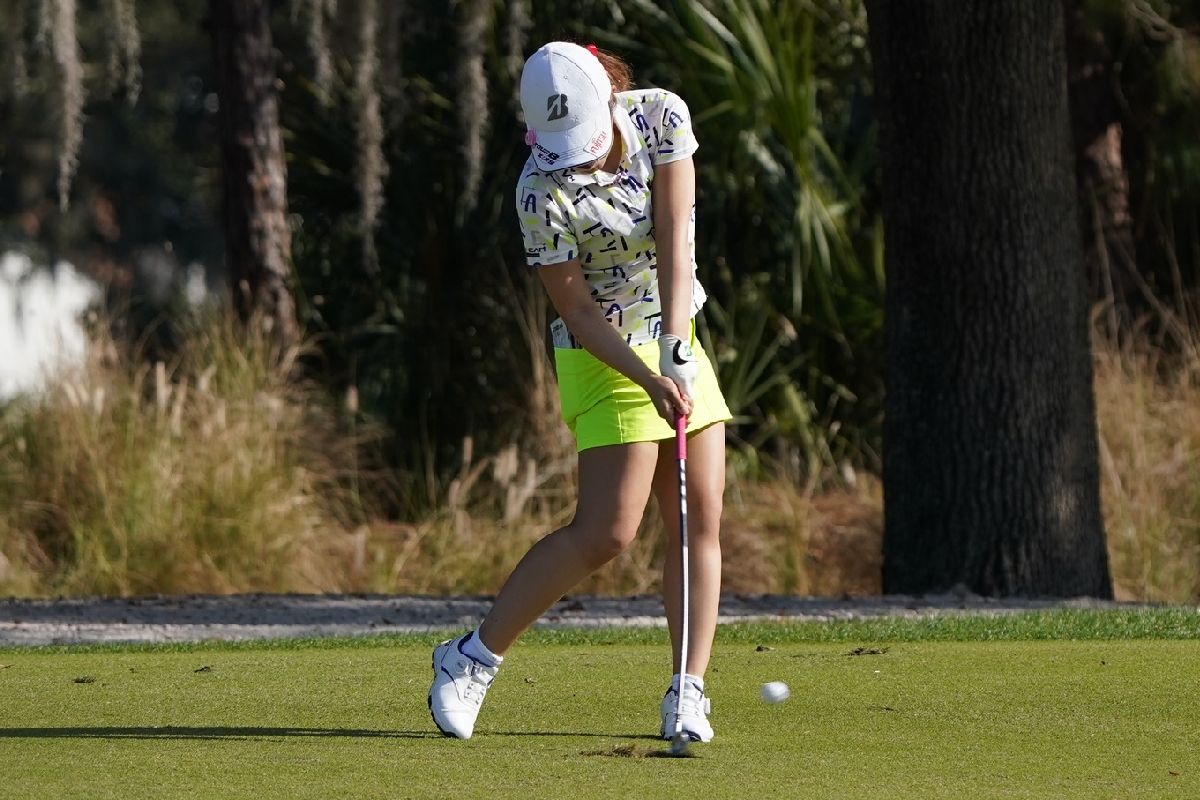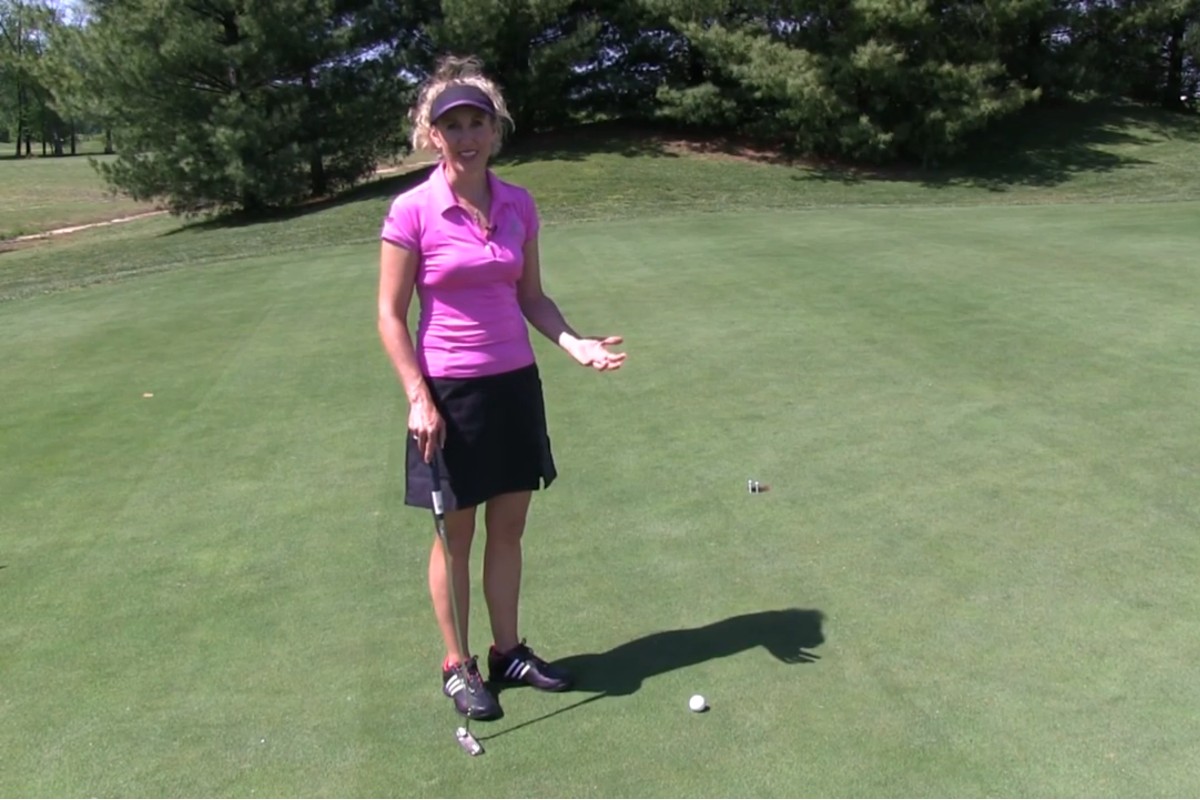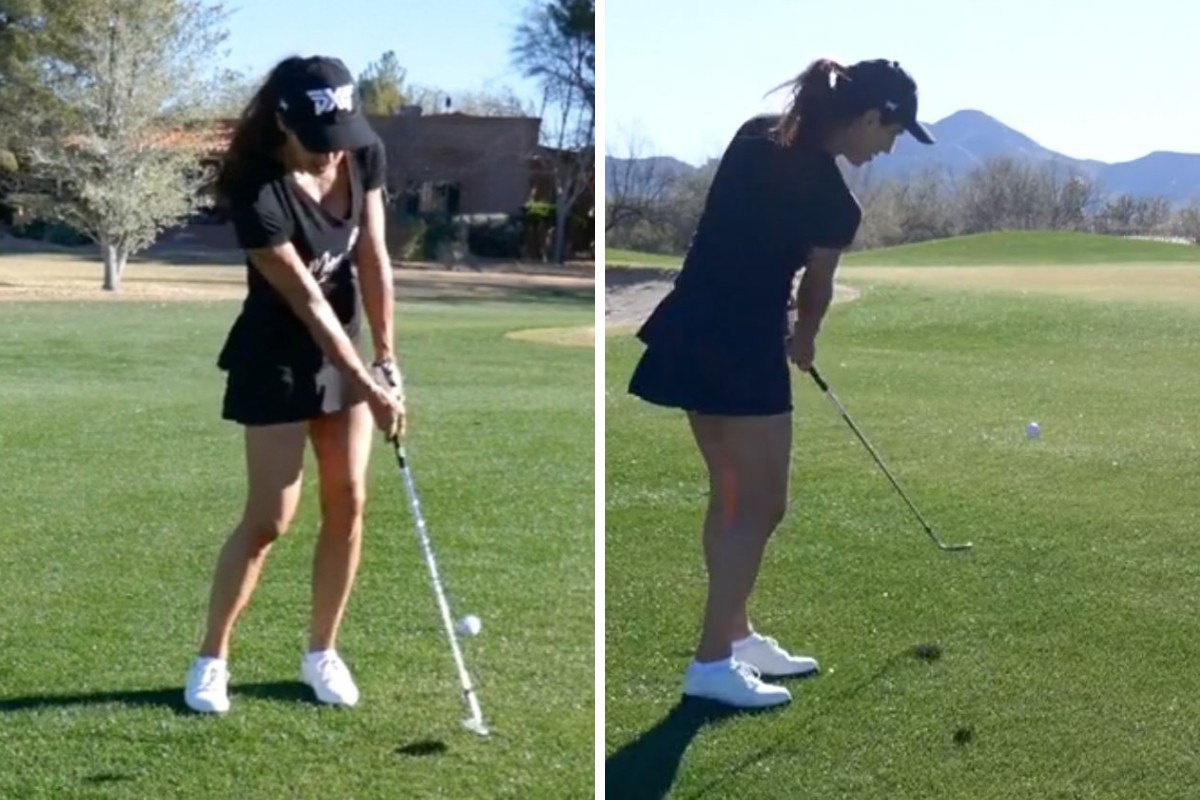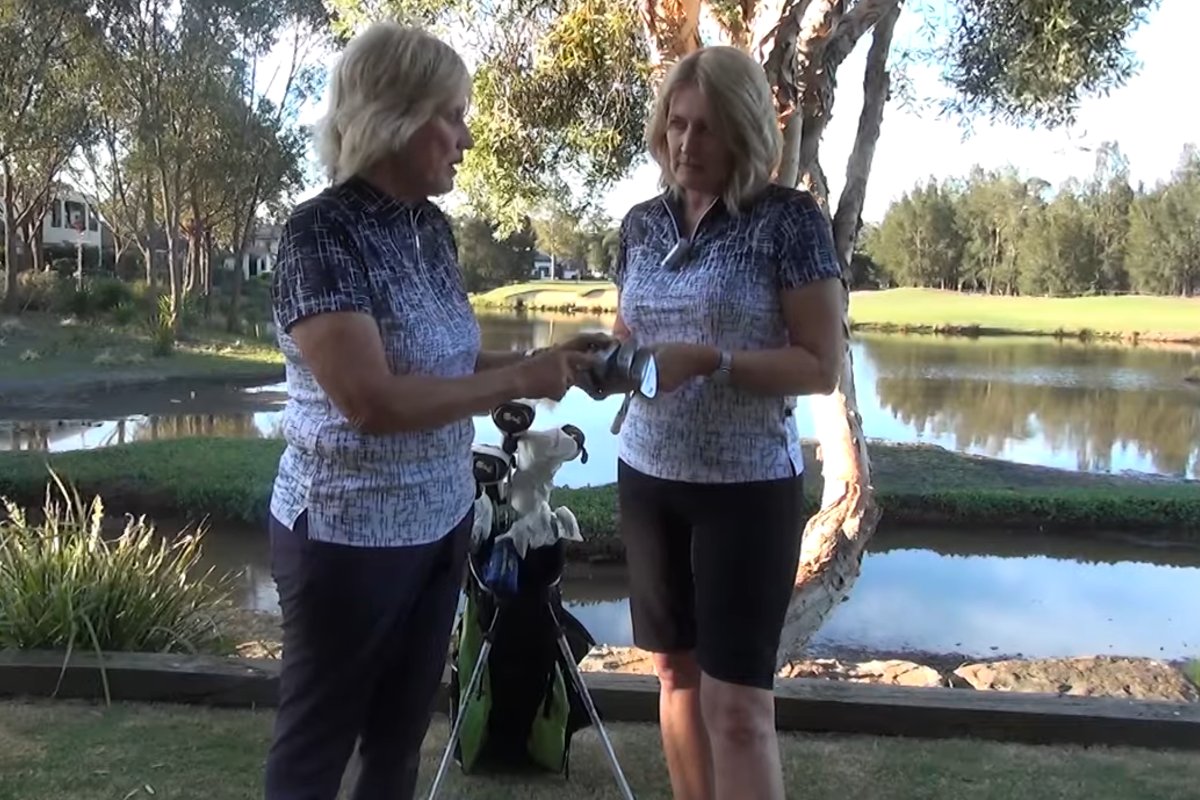Isaac Newton’s 1st Law of Motion states that an object will continue to travel in a straight line unless acted upon by an external force. Therefore, in the golf swing, if a club is accelerated back and then allowed to “free fall”, without applying any additional force via the body to change the arc of the swing, the club would automatically return to the starting point through centrifugal force and strike the golf ball. On this basis, a repeatable swing from a repeatable set up position would be the one that minimizes the amount of applied force during the swing which might deflect from the perfect arc.
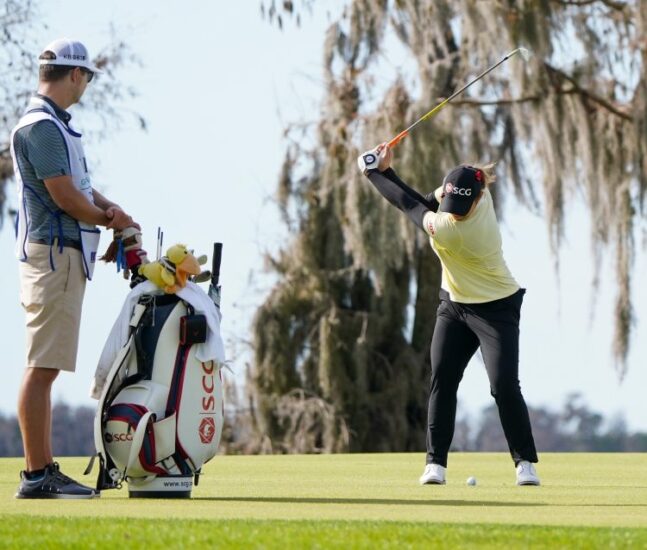
Balance is the underlying theme in the ability to execute a swing that is in fact working with gravity and is tension free. We all marvel at the smooth rhythm and tempo of the tour professionals—it seems they hit it twice as far with half the effort. Yet the speed generated is obvious because the ball travels so far.
Tension causes a loss in clubhead speed and directional control problems often result. There is no doubt that tension destroys motion. In fact, the effect of tension on the forward swing is similar to putting ankle weights on a sprinter. The weights slow down the movement of the legs and the sprinter will run slower in the same way tension will hamper the movement of your muscles and slow down the clubhead. It is indeed a game of “opposites”—you must reduce your effort to hit the ball farther. Additionally, you will reduce the risk of injury and will also be able to play without unnecessary fatigue.
I am a “motion” teacher. My instruction is fundamentally based in terms of a good set up position. In fact, I am pretty strict in this area with most of my students as I believe a good set up will promote a smooth order of movement in the golf swing as the body is balanced and prepped for motion.
From here, more often than not, I do a lot of drilling with motion activities as I am a believer that “motion to motion” is easier to feel and understand than “static to motion”. It is easier to hit a baseball and tennis ball than it is to hit a golf ball because both are moving, not static, and you are too.
Most of us have a lot of tension in the swing because we are “ball bound”. We focus on “the moment of impact” and “hitting the ball” versus swinging the club that will hit through the ball in motion, working with gravity. In fact, one of my favorite phrases in teaching is to “watch the collision” (instead of keep your head down). This gives the student the ideal that the ball is “in the way” of this arc that is gaining momentum to go through the hitting area up to a high finish.
The concept of the body swinging the arms and the hands swinging the club seems to make sense and eventually we feel that we can have secure hands but relaxed arms, even in our set up position. Many times small things like a forward press or some breathing exercises as part of your pre-shot routine seem to help the transition from set up to a tension free swing.
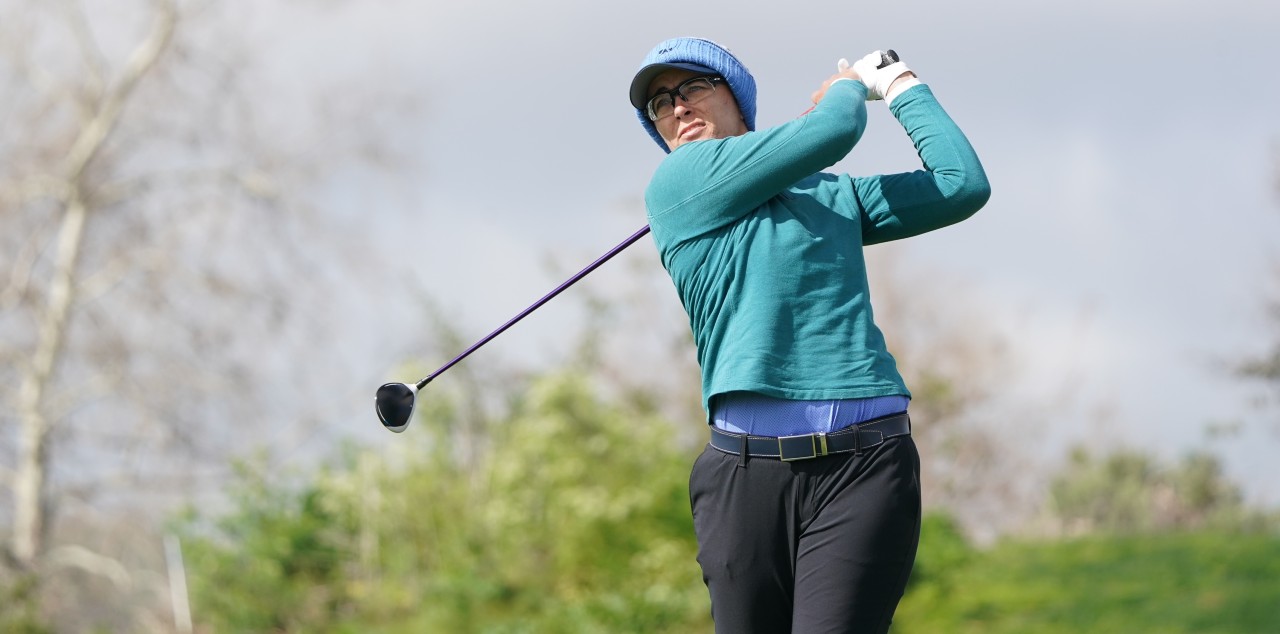
Try a motion drill (like my favorite finish to finish drill where you start at address, walk yourself smoothly up to a finish position, then swing back to the top, swing/fall through with a clip of the grass, continuing on to a good high finish position) where you keep yourself in good tempo (3 seconds for this drill) and see if your club starts to in fact “bottom out” in the same position as your are swinging back and forth.
This will help you believe that the ball will in fact “get in the way” and the tools you are using in combination with motion and gravity, contribute to some “effortless shots”. What feels like less effort will actually give you more clubhead speed.
Remember: speed equals distance, motion creates speed, and less tension creates more motion. Motion is athletic and rhythmical!
Feature Photo: Ayaka Furue at the 2023 Diamond Resorts Tournament of Champions. All photos in this lesson by Ben Harpring.

